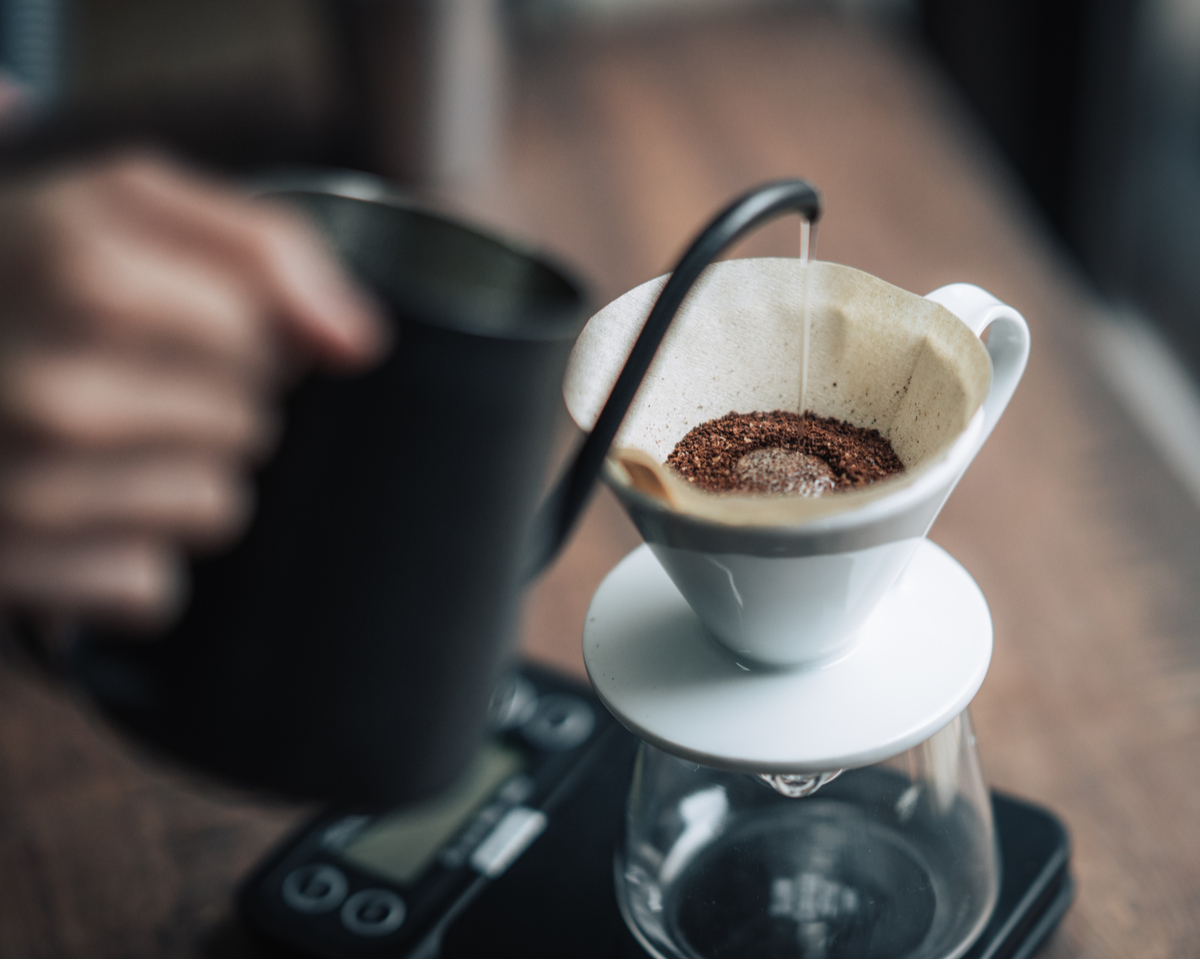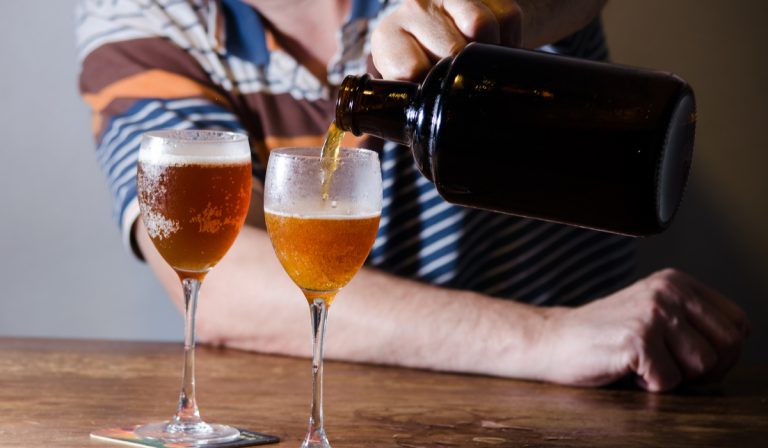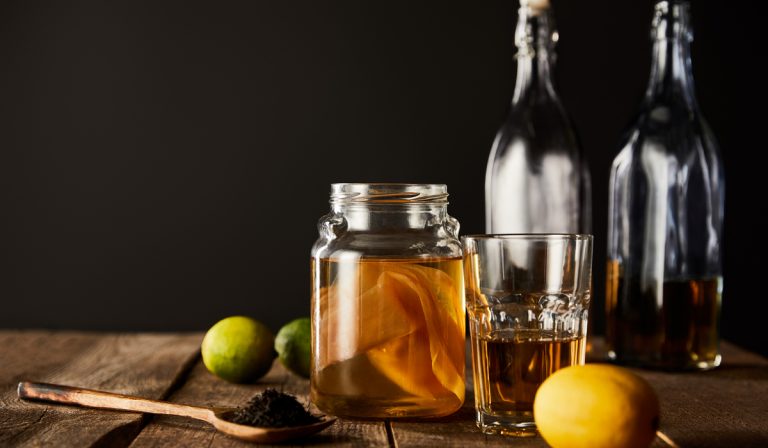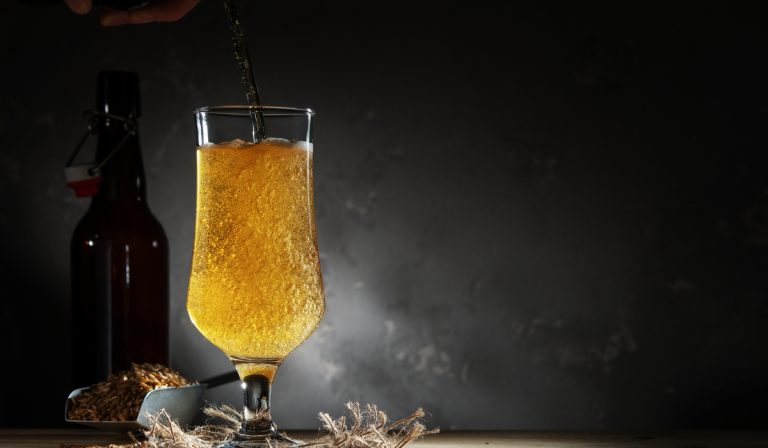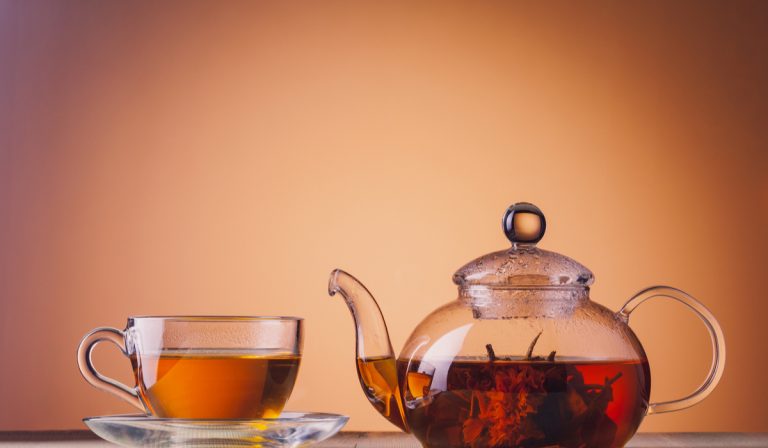Can Brewed Coffee Grow Mold? (Find Out!)
As I grow older, it feels as though coffee is more of a necessity than a helpful morning energy boost.
Most offices, breakrooms, kitchens, and hotel lobbies keep a pot brewing at all times to alleviate the drowsiness of the daily grind.
But as the hours pass and that coffee sit idly by, waiting for someone to pour a cup to nurse their burnout, how safe is it to consume?
Can brewed coffee grow mold?
Well, it depends on how long you have kept the coffee out. After 4 hours of being brewed, the oils inside a pot of brewed coffee can take a turn for the worse. After four to seven days at room temperature, your coffee pot can begin to collect varying shades of mold.

Trust me. I’m just as alarmed. Regrettably, I have drunk coffee that has sat out for well over 6 hours, so don’t feel like you are alone.
Thankfully, after reading this article, both you and I will know how to safely consume previously brewed coffee without growing a terrarium inside of our Mr. Coffees.
Table of Contents
Time and Temperature
There are several different ways to brew coffee that require different temperatures and lengths of time.
The time it takes for the brew or beans to grow mold depends on how hot or cold the coffee is at the time of brewing, and what temperature it remains at for the majority of the time it is sitting out.
Hot Coffee
Something that may come as a relief to you is that the heat of the water you use for coffee is typically above the temperature needed to kill mold.
However, this isn’t universal amongst coffee makers, and you should make sure to clean your machine before or after every use.
If you are an espresso elitist like myself, you may want to drink coffee at its ideal flavor, which is within the first 30 minutes of it being brewed.
After the first 30 minutes, the rich coffee flavor will begin to lessen, and you have roughly 4 hours before those oils found within coffee start to change the taste.
As the hours pass, you will notice a harsh, tart taste that indicates the coffee is on the short end of its freshness window. While this does not mean the coffee is unsafe to drink, it certainly isn’t as pleasant to consume.
If you are the type of person that likes to add milk to the brewing process of coffee (which you should not do in a traditional coffee machine as it can cause bacterial growth), then the coffee will begin to go bad within a couple of hours.
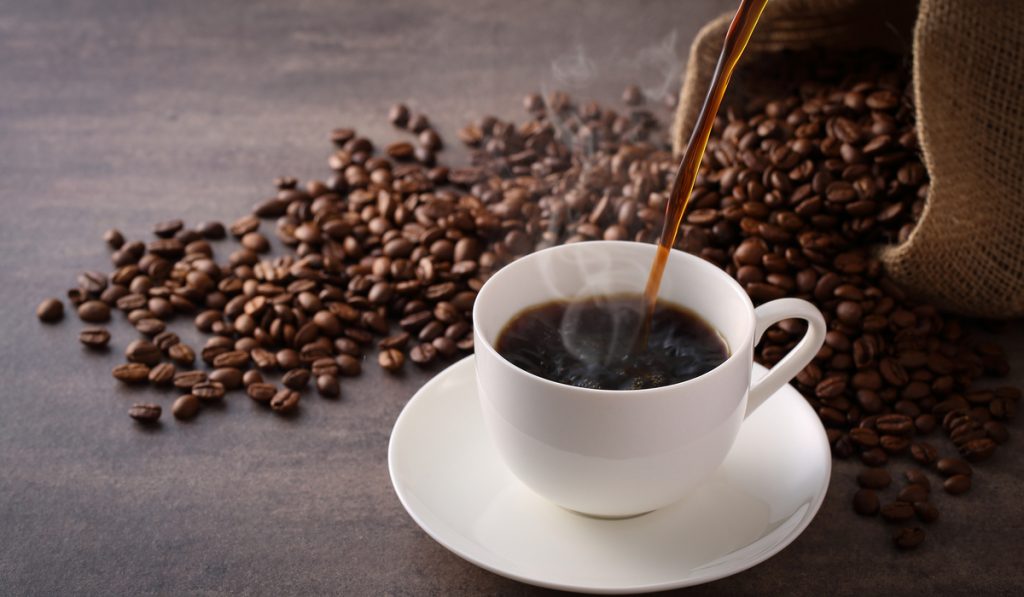
If you want to keep your coffee consistently fresh, then try brewing enough for all the coffee drinkers in your house to get one cup, then make another pot of java later if you’d like another cup.
Brewing coffee only when you need it will keep the taste fresh and prevent you from wasting half a pot of quality French roast.
Hot coffee can be stored in the fridge for about a day, though in the interest of enjoying your cup of joe, you should probably just toss it and make another batch.
Mold grows primarily in warm, moist environments — sound familiar? This is why it is so important to give your coffee machine a good rinse, as even after the machine is shut off, it still is the right temperature to grow mold.
Cold Coffee
Iced coffee, cold brew, frozen coffee, whatever it is, will also grow mold, though potentially not as fast.
For people who like to have a little coffee with their creamer, that dairy is really gonna speed up your drink’s expiry date.
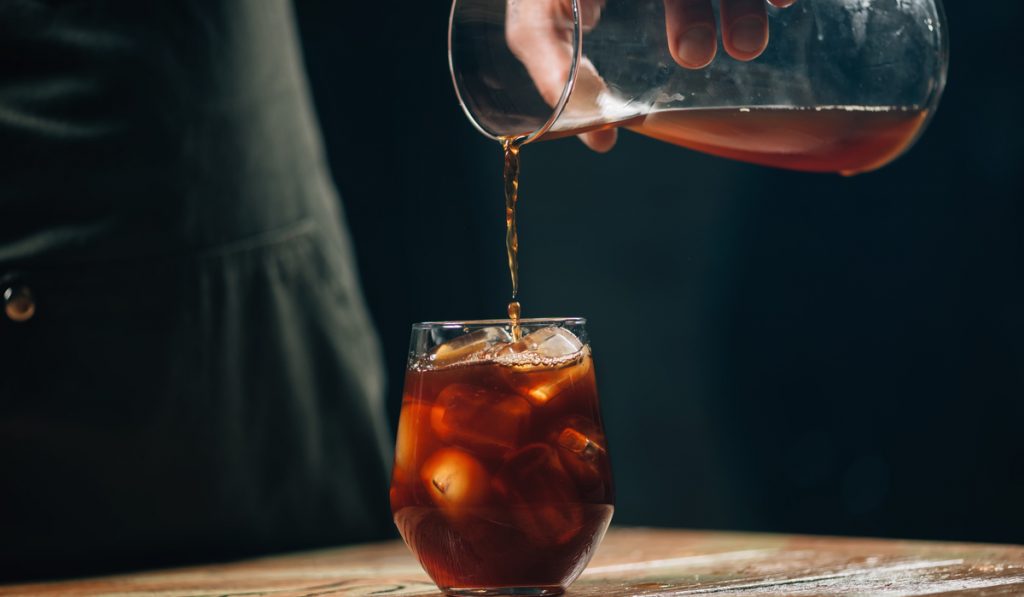
I have good news for the folks who keep their cold brew coffee black. If you seal that cold brew concentrate in an airtight thermos or container, it can last up to 14 days in the fridge!
Although halfway through those two weeks, you will notice a distinct drop-off in flavor, same as the 30-minute rule for brewed coffee.
Alternatively, if you store it properly in an airtight, preferably glass container, you can keep cold brew safe for consumption for about two months.
However, this also comes with the unfortunate drop-off in quality as the days go on, so bear that in mind before you toss a few gallons in the deep freezer.
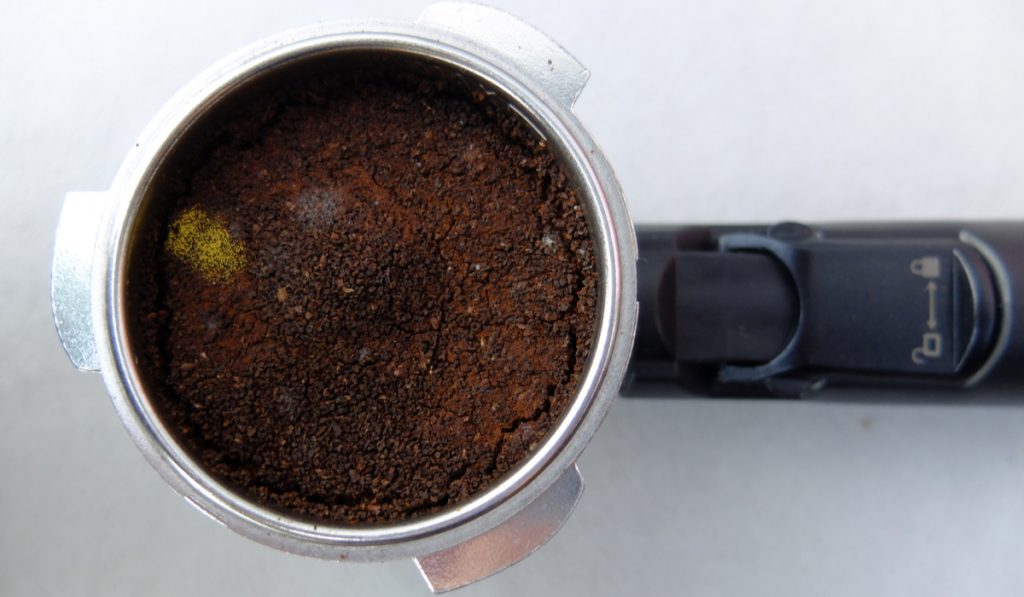
How Does Mold Grow on Coffee?
To begin with, we have to look at how coffee starts to taste bad.
The word of the day is oxidization, and it holds a vast majority of the blame for why the taste of coffee gets stale. Oxidation affects the pH levels in the coffee, which ruins that beloved fresh taste.
The oxidization process is faster at higher levels of heat, which is why your cold brew concentrate lasts so much longer than hot coffee.
But back to the question, how does mold grow on coffee?
Mold spores are in the air we breathe, so it’s only a matter of time before spores land in coffee. Whether the mold grows or not depends on the temperature of the coffee and how stale it is.
Moldy coffee will lose its strong scent and smell more like dried dirt or dust.
While it may take room temperature coffee 4-7 days to mold, used coffee grounds can begin to mold as quickly as 48 hours after their initial use!
Moisture is the biggest enemy of freshness for coffee and is why it’s so important to store coffee beans and ground coffee in dry, airtight containers. Introducing water into these containers will begin the expiration process and is a regrettable loss to such an important morning drink.
A good rule of thumb is that if you do not know when you made a pot of coffee, and you aren’t completely out of coffee grounds, you should just throw it out and make a new pot. Your stomach will thank you.
Final Verdict
Yep, coffee in all forms will eventually perish beyond use, which is the saddest thing I’ve written all week.
But on a more positive note, you can be proactive and pragmatic about your coffee consumption and potentially save yourself a lot of wasted water and beans.
Remember proper storage safety and to brew only as much coffee as you will immediately need to keep it tasting fresh.

